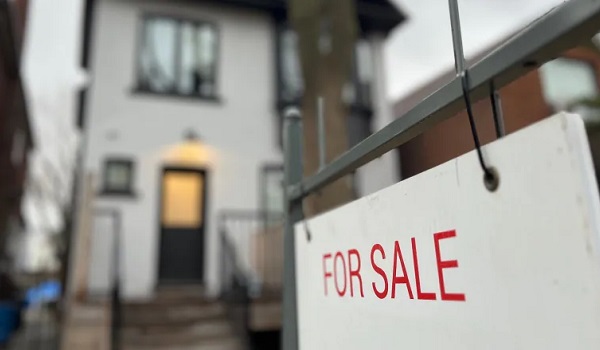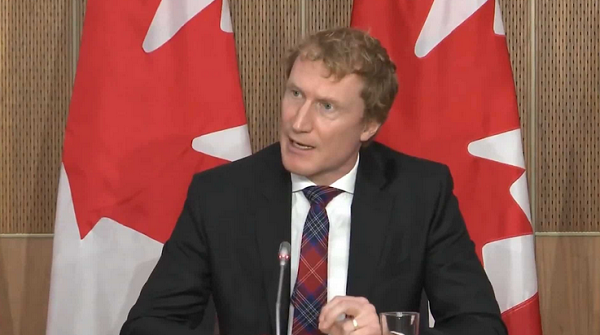Toronto housing market hits spring standoff, while listings rise to 47%
Many thought Toronto’s housing market was heading for a spring surge — but it seems to have hit a standoff instead.
New listings continued to pile up last month and are now 47 per cent higher than last April, according to a Toronto Regional Real Estate Board (TRREB) report released Friday, but unit sales actually declined by five per cent year over year, although they edged up slightly from March.
Despite the lack of activity, prices continue to hover near an all-time high, and elevated interest rates are keeping buyers at bay.
There seems to be “a timing issue” between sellers and buyers, said TRREB chief market analyst Jason Mercer, as buyers were expected to jump into the spring market before interest rate cuts fearing it would spur skyrocketing home prices.
“People are putting their properties on the market anticipating more activity once the Bank of Canada cuts rates,” he said. “But buyers need to see a tangible change in interest rates; there’s still too much uncertainty.”
While economists forecast the Bank of Canada could cut rates as early as June, there’s no guarantee, he added.
In the spring of 2023 there was a flood of sales in Toronto’s market as the Bank of Canada paused rate hikes, Mercer said. This year the language from the bank is less definitive, cooling sales activity.
High interest rates are impacting all aspects of the market, eroding affordability to the point where it’s never been more expensive to own a home. Toronto’s average home price is almost 15 per cent lower than the $1.33 million peak in February 2022, but the rapid increase of interest rates in the last two years has made it 30 per cent more expensive for variable rate mortgage holders.
Condominiums experienced a 6.5 per cent dip in sales indicating that first-time homebuyers aren’t entering the market yet as affordability remains the biggest barrier.
“First time homebuyers,” Mercer said “are the most rate sensitive.”
Detached single family homes also saw a dip in sales of more than seven per cent indicating that buyers in that segment are taking “a wait-and-see approach,” he added.
“Those looking to move up in the market may have substantial equity (from their existing property),” Mercer added. “But if they buy a bigger property they’ll still be taking on more debt.”
The impact on home prices has been marginal as the average selling price increased 0.3 per cent in April year over year to $1.15 million, and on a month over month basis it increased by 1.5 per cent compared to March.
Market conditions aren’t tightening up yet, Mercer said, but once the Bank of Canada cuts rates there is an expectation of increased buyer activity in the last six months of the year.
“Generally speaking, buyers are benefitting from ample choice in the GTA resale market in April,” he added. “As a result there was little movement in selling prices compared to last year. Looking forward the expectation is that lower borrowing costs will prompt tighter market conditions in the months to come, which will result in renewed price growth, especially as we move into 2025.”
This article was first reported by The Star
















